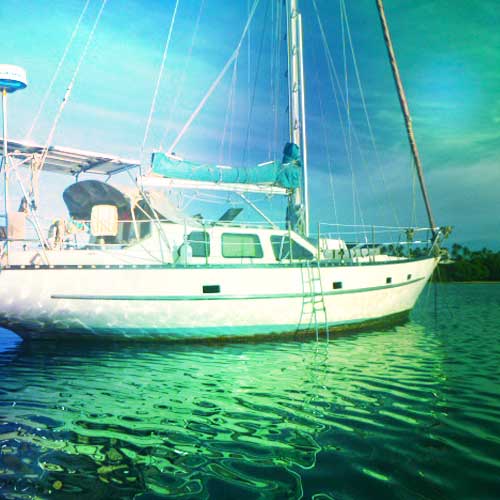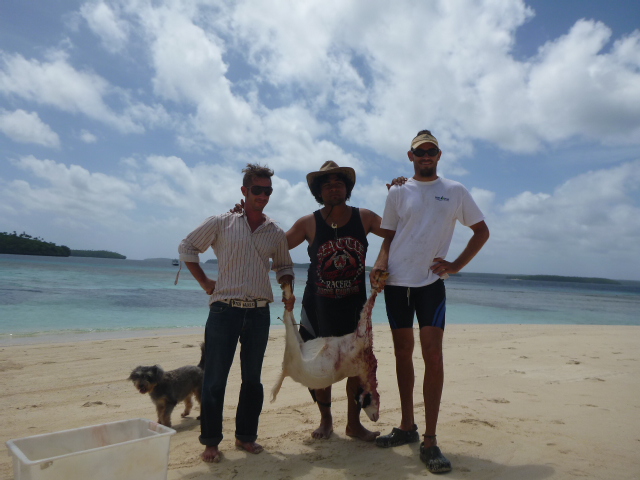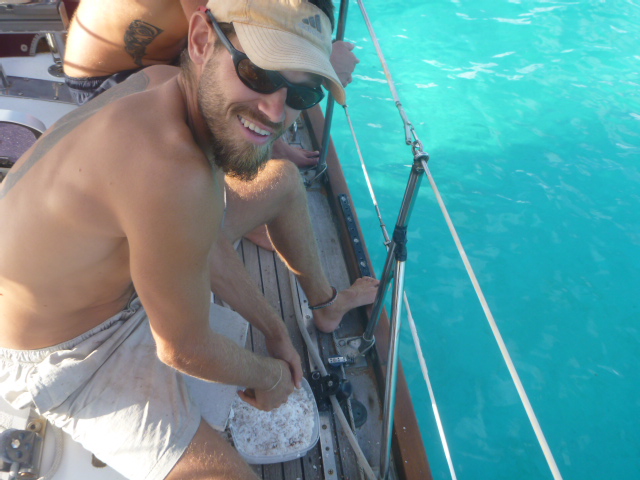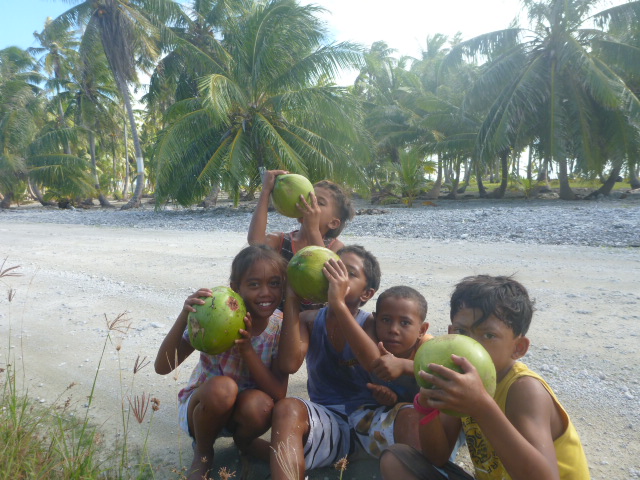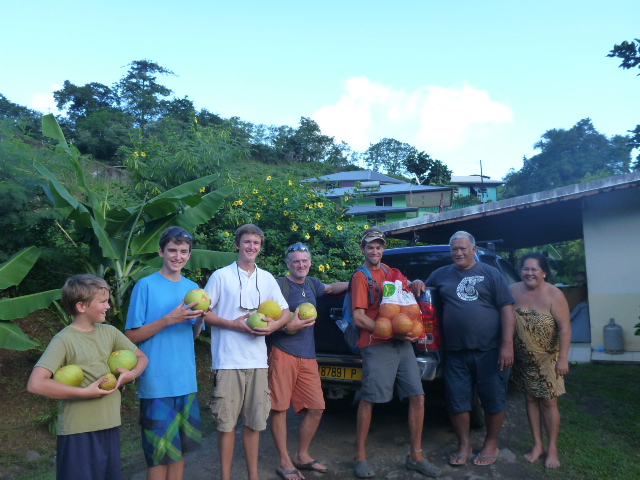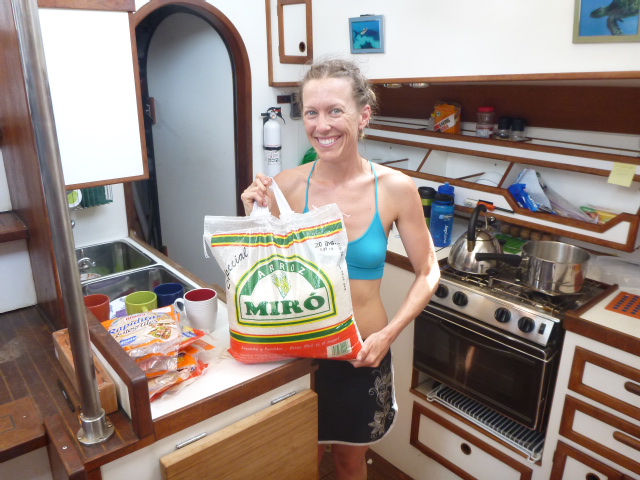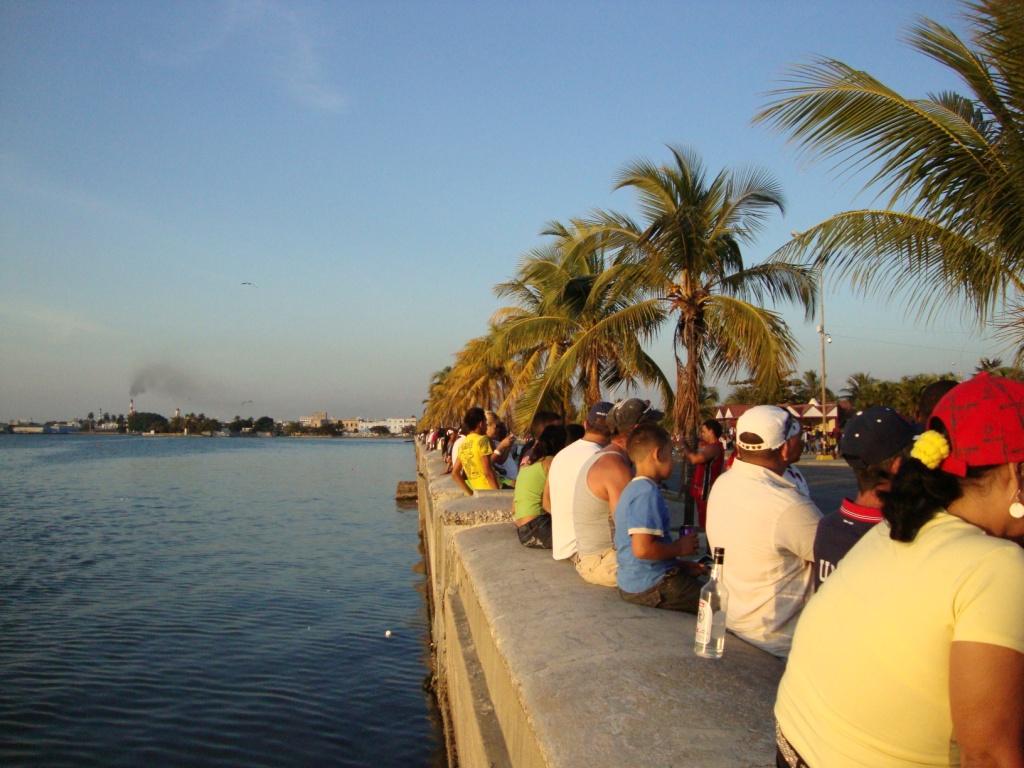Sour Cream and Onion Dip (I wish.)
A few days after peeing on a stick, I cringed when I realized that appeasing pregnancy cravings in Tonga would be like trying to sail a yacht down Montana’s Blackfoot River. In other words, I had a snowball’s chance in hell of fulfilling my food fantasies in this remote island nation.
Luckily, I’ve already had nine months of practice denying food cravings. When you’re floating 2,000 miles from the nearest grocery store in the middle of the biggest ocean on the planet, you become adept at mind control. At forcibly changing the subject in your subconscious. At ignoring vibrant images of sumptuous and delicious dishes that are well beyond reach.
Read the rest of this story on Mamalode here. (Each click helps me earn a dime or two, so thanks!)

